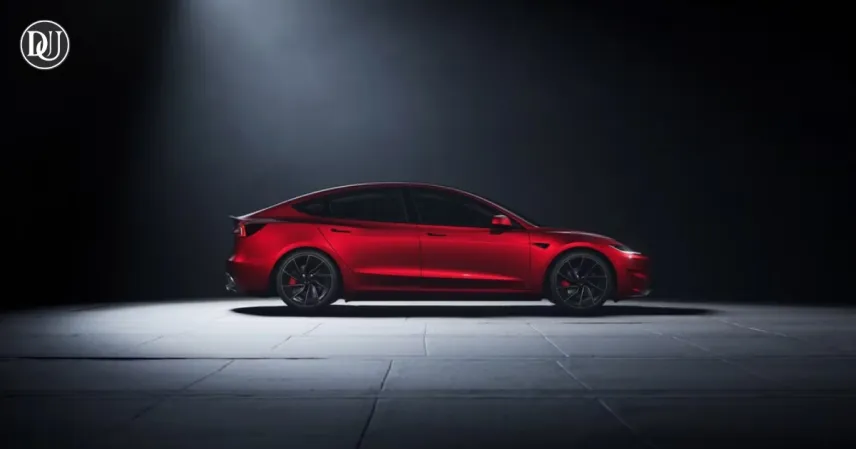Electric vehicles, especially models like the Tesla Model 3, are proving to be impressively durable—easily crossing the 200,000-mile mark with very little maintenance required. This durability comes from advanced battery technology and efficient electric motors, which have fewer moving parts than traditional engines.
🚗 Tesla Model 3: Built to Go the Distance
![]()
Known for its 346-mile range per charge, the Tesla Model 3 has demonstrated that it can go the distance with only basic upkeep. Most owners report minimal maintenance beyond tire rotations and brake pad replacements, largely due to regenerative braking, which reduces brake wear.
⚙️ EV Battery Health and Lifespan
Modern EV batteries are designed to last 10 to 15 years, or around 100,000 to 200,000 miles, depending on usage. Thanks to recent innovations, battery degradation remains low, allowing drivers to retain most of the original range even after years of use.
💰 Long-Term Cost Advantages
One of the key benefits of EVs is the reduction in regular maintenance costs. Since electric vehicles don't require oil changes, transmission services, or exhaust repairs, owners save significantly over time compared to gas-powered vehicles.
🛠️ Simple Maintenance Tips for EV Owners
To keep an EV in top shape, owners should follow a few basic practices:
-
✅ Update software regularly for optimal performance and battery management.
-
✅ Avoid excessive fast charging and keep the battery level between 20% and 80%.
-
✅ Maintain tire pressure and alignment to ensure efficiency and safety.
🌍 A Smart, Sustainable Choice
As electric vehicle technology continues to evolve, their ability to last longer with fewer problems and save money on upkeep makes them an increasingly smart choice for everyday drivers—and a solid step toward a more sustainable future.








